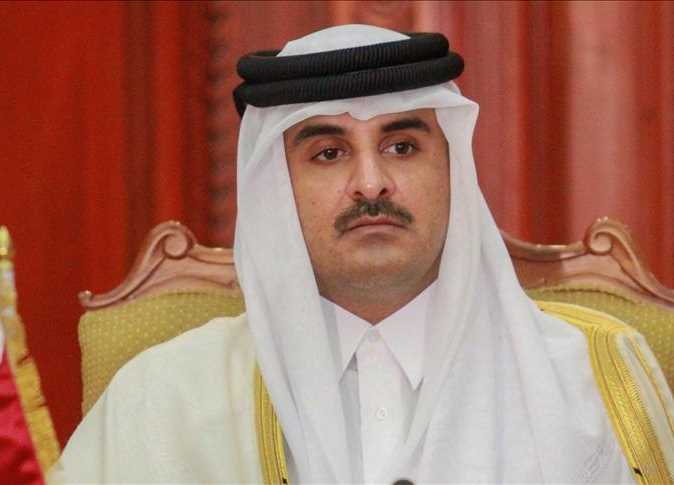Wednesday, February 19, 2020
Press Release
The Observatory for Terrorism and Human Rights followed up on the updated list of dialogue forums for development and human rights issued by the responsible Anti-Money Laundering and Terrorist Financing Unit issued by the UN Security Council Sanctions Committee.
The list contained 16 names, including 5 Egyptians and 69 entities pursuant to paragraph 68 of Security Council Resolution 2368 of 2017.
The list is led by five Egyptians who left the womb of the Terrorist Brotherhood, led by terrorist Hani al-Sibai, a fugitive in Britain, a spokesman for al-Qaeda and ISIL in Europe, whom Britain refuses to hand over to Egypt for trial.
Terrorist Hani al-Sibai is al-Qaeda’s official spokesman in Europe after gaining asylum in Britain and founding the Al-Megrazi Centre for Historical Studies, a platform for attracting Arab and European youth to extremist organizations.
He also used it as a cover to support terrorist organizations and cells in Europe physically and logistically, through bank transfers sent to him from various entities and associations supported by Qatar and Turkey.
In 1979, in cooperation with the Terrorist Muslim Brotherhood, Al-Sibai participated in the recruitment and deportation of young people to Afghanistan to fight the Soviet Union, increased his activity with the Jihadists and then managed to escape to London, after being sentenced in absentia to death in the 1998 case of “Returnees from Albania.”
In recent years, Al-Sibai has played a role in inciting armed violence against Egyptian state institutions after the fall of the Muslim Brotherhood, and has called for the formation of sleeper cells to attack army and police forces.
Terrorist Ali Bakri
The terrorist Ali Mohammed Mustafa Bakri is a member of al-Qaeda’s Shura Council, a former member of the Egyptian Jihad organization, and has worked as an expert in explosives and chemical weapons, a trainer and a teacher in al-Qaida camps in Afghanistan.
Terrorist Abdullah Al-Alfi
The terrorist Abdullah Ahmed Abdullah al-Alfi, who is called “Abu Mohammed al-Masri”, is currently the second man in al-Qaeda, the son-in-law of Osama bin Laden, one of the early founders of al-Qaeda, worked as an explosives expert, long held responsibility for bin Laden’s “security committee”, was a close associate of Mullah Omar, the Taliban governor during his stay in Kandahar, was long in charge of al-Faruq camp, which is concerned with training new jihadist elements, and was a member of al-Qaeda’s advisory council.
Terrorist Tharwat Shehata
Terrorist Tharwat Saleh Shehata was previously listed in 2004, serving three years in prison in the Great Jihad case and was sentenced in absentia to death by military courts.
The first verdict was in the 1999 assassination attempt on former Egyptian Prime Minister Atef Sedki, the second in the 1999 case of “Returnees from Albania”, and Shehata arrived in Libya in October 2012 from Iran and is involved in leading Ansar al-Sharia, which was based in eastern Libya to manage its operations, and is involved in the liquidation of seven Egyptians working in Libya.
He entered Egypt under a pseudonym during the Muslim Brotherhood rule in 2013 and moved between several places before settling in the city of 10th of Ramadan in Al-Sharqiya, only to be arrested by the Egyptian security services.
Terrorist Mustafa Kamal
The terrorist Mustafa Kamal Mustafa Ibrahim, who was known as “Abu Hamza al-Masri”, worked as a former imam of the Finsbury Mosque in London and founded a group called Ansar al-Sharia, in Britain, and was called to establish the “Islamic Caliphate State”, and also described Britain in his speech recorded visually in 1997 and 1998 as the infidel state.
In 2004, the United States considered him to be helping and facilitating terrorist acts in the world, and sought to acquire Abu Hamza al-Masri.
After an eight-year legal battle with Britain, Washington took him over in 2012 to be tried for terrorism, providing material support to Osama bin Laden’s terrorist network, planning to set up a Taliban computer center, and sending recruits to train for terrorist operations in Afghanistan.
In 2014, he was transferred to trial in New York, and a U.S. court sentenced him eight months later to life in prison.






